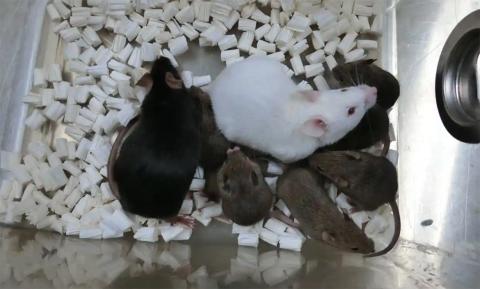Hydrogen From Tap Water
Spanish scientist José Antonio G. I. developed a prototype system to extract hydrogen from tap water without electrolysis. Pressurized air injected into a tank of water, ferrosilicon, and sodium hydroxide causes a chemical reaction to extract the hydrogen through two additional tanks that can produce 30 litres of hydrogen per minute. Allowing hydrogen to be generated at the point of consumption removes the need for hydrogen transportation.












